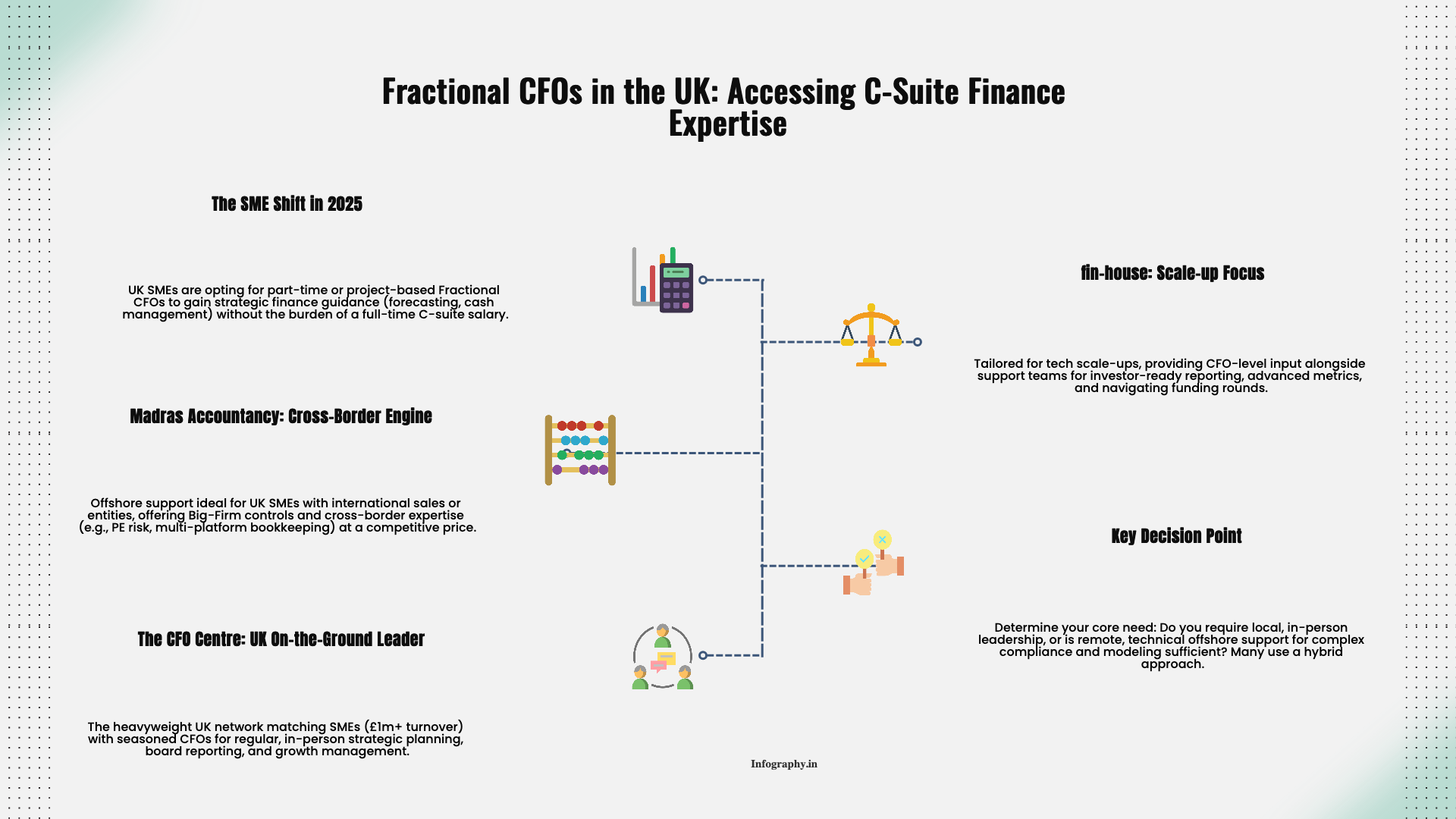Common Area Maintenance (CAM) charges are a core feature of many commercial leases. They allow landlords to recover the cost of maintaining shared spaces—parking lots, lobbies, landscaping—from tenants who benefit from them. Done well, CAM billing feels predictable and fair. Done poorly, it becomes a recurring source of tension and, occasionally, disputes.
The annual CAM reconciliation is where expectations and reality meet. It is the process of comparing estimated payments tenants made during the year with the actual costs incurred. Understanding how to structure and present that reconciliation can reduce friction and improve trust with tenants.
No two lease forms are exactly alike. Before you open a spreadsheet, you need to understand what each contract says about CAM. Key points usually include:
Creating a short lease abstract for each tenant that summarizes these items makes reconciliation work much more straightforward. It also helps ensure that different members of your team apply the rules consistently.
While details vary by property and market, CAM commonly includes costs such as:
Items like leasing commissions, marketing of vacant space, income taxes, and major capital improvements are often excluded or treated separately. Where capital projects are involved, leases may allow amortizing certain improvements over time and including only the annual amortization in CAM.
In partially vacant buildings, some operating costs stay relatively fixed regardless of occupancy. Gross-up provisions allow landlords to adjust variable expenses to what they would be at a higher occupancy level (often 95% or 100%) so that tenants pay a fair share without the landlord absorbing an undue portion of costs attributable to vacant space.
For example, if a building is 70% occupied, and certain utility costs are lower than they would be at full occupancy, the lease may permit calculating CAM charges as if the building were 95% occupied for those variable categories.
Applying gross-up correctly requires:
Transparent communication here goes a long way toward avoiding suspicion when tenants see adjustments.
Once year-end actuals are known, the reconciliation process typically involves:
The resulting statement should show, for each tenant:
Attaching supporting schedules or invoices for larger or unusual expenses—especially in years with spikes due to weather events or major repairs—helps tenants understand what drove changes.
Many leases grant tenants the right to audit CAM billings within a certain time frame if they have concerns. From the landlord's perspective, that makes well-organized records essential.
Good practices include:
When an audit request does occur, having documentation ready reduces disruption and shows that charges were assembled carefully, not improvised.
CAM is more than a line item. For tenants, it is a visible signal of how the property is managed. When reconciliation statements are clear, consistent, and timely, they reinforce the sense that the landlord is running a professional operation.
Setting expectations early, responding to questions with specifics rather than general statements, and being willing to walk tenants through the math when needed all help keep conversations about CAM focused on facts instead of assumptions. Over time, that can make renewals and expansions smoother for both sides. For more on commercial real estate accounting, see our guide.
.png)
December 9, 2025
A straight-talking overview of five small business tax prep options in 2025, including Madras Accountancy, TurboTax, H&R Block, TaxSlayer, and Bench’s books-plus-tax model.

December 9, 2025
An on-the-ground guide to the UK’s fractional CFO ecosystem – London and beyond – including The CFO Centre, fin-house, FD Capital, BKL, BSmart, and how Madras Accountancy fits into cross-border and hybrid models.